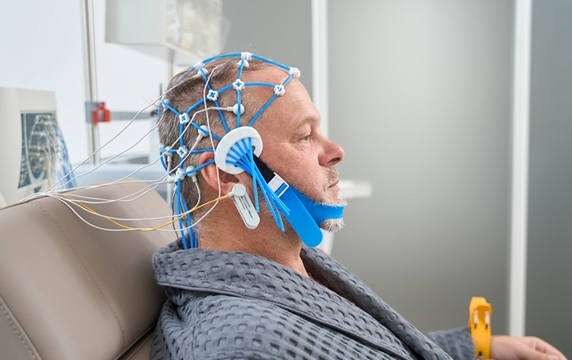Therapeutic Device Reduces Postoperative Oxygen Desaturations
|
By HospiMedica International staff writers Posted on 04 Dec 2019 |
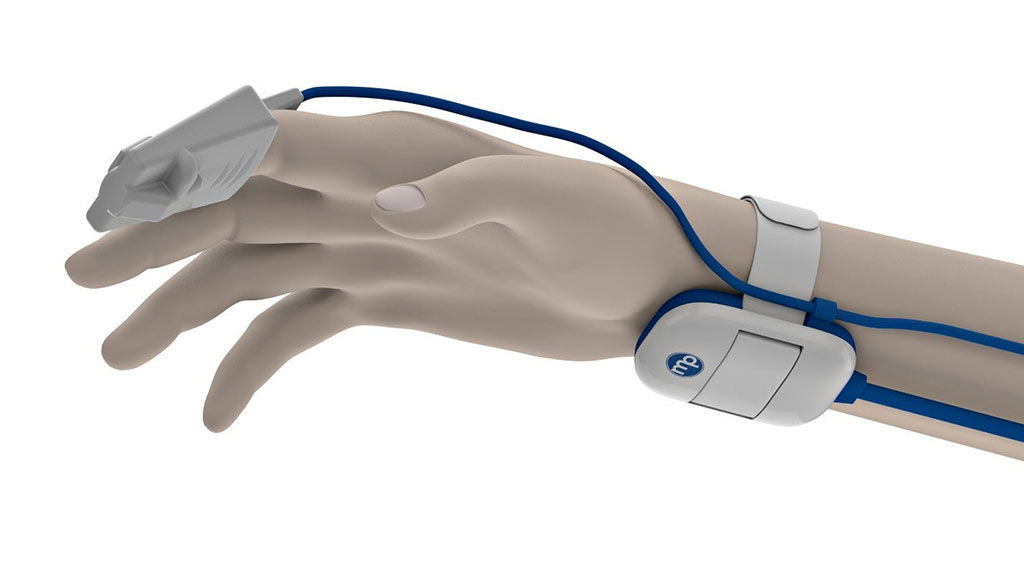
Image: The Oxistimulator TENS device (Photo courtesy of MediPines)
Peripheral stimulation technology reduces postoperative hypoxemia (oxygen desaturation) in patients at-risk for obstructive sleep apnea (OSA).
The MediPines (Orange County, CA, USA) Oxistimulator is a novel peripheral transcutaneous electrical stimulus (TES) device placed on the wrist that is designed to continuously monitor patient oxygenation levels and to reduce desaturations automatically when deemed necessary. Whenever threshold oxygen saturation (SpO2) levels are lower than 93%, the Oxistimulator provides an immediate mild electrical stimulation, a therapeutic response that is just strong enough to reverse the deterioration, without harm or discomfort to the patient.
In a double-blind study conducted at the Mayo Clinic (Rochester, MN, USA), 106 post-operative patients undergoing elective surgery who were at medium to high risk for OSA were randomized to either active stimulus (53 patients) with the Oxistimulator, or to an inactive placebo device (53 patients) at the post-anesthesia care unit. The results showed that the Oxistimulator group experienced a shorter duration of SpO2 lower than 90% than the control group, with no adverse events reported. The study was published in the November 2019 issue of the Canadian Journal of Anesthesia.
“Oxistimulator represents a breakthrough in the way that it empowers clinicians to automate their clinical response; faster response means that patients spend less time in the hypoxemia danger zone,” said Steve Lee, CEO of MediPines. “This is a novel solution to a serious clinical problem, and we are fortunate to be partnering with outstanding clinical partners to prove the clinical safety and efficacy as we bring this technology to market.”
Current pre-operative screening practices have been shown to miss nearly 50% of patients with OSA, who are at-risk for serious postoperative desaturation events that can lead to complications prolonging patient hospitalization, and in some cases, even death. Currently, the burden of catching and reducing hypoxemia after surgery falls on the clinical staff, such as nurses, who manually intervene when they see a desaturation; however, this manual process has been demonstrated to be sub-optimal.
Related Links:
MediPines
Mayo Clinic
The MediPines (Orange County, CA, USA) Oxistimulator is a novel peripheral transcutaneous electrical stimulus (TES) device placed on the wrist that is designed to continuously monitor patient oxygenation levels and to reduce desaturations automatically when deemed necessary. Whenever threshold oxygen saturation (SpO2) levels are lower than 93%, the Oxistimulator provides an immediate mild electrical stimulation, a therapeutic response that is just strong enough to reverse the deterioration, without harm or discomfort to the patient.
In a double-blind study conducted at the Mayo Clinic (Rochester, MN, USA), 106 post-operative patients undergoing elective surgery who were at medium to high risk for OSA were randomized to either active stimulus (53 patients) with the Oxistimulator, or to an inactive placebo device (53 patients) at the post-anesthesia care unit. The results showed that the Oxistimulator group experienced a shorter duration of SpO2 lower than 90% than the control group, with no adverse events reported. The study was published in the November 2019 issue of the Canadian Journal of Anesthesia.
“Oxistimulator represents a breakthrough in the way that it empowers clinicians to automate their clinical response; faster response means that patients spend less time in the hypoxemia danger zone,” said Steve Lee, CEO of MediPines. “This is a novel solution to a serious clinical problem, and we are fortunate to be partnering with outstanding clinical partners to prove the clinical safety and efficacy as we bring this technology to market.”
Current pre-operative screening practices have been shown to miss nearly 50% of patients with OSA, who are at-risk for serious postoperative desaturation events that can lead to complications prolonging patient hospitalization, and in some cases, even death. Currently, the burden of catching and reducing hypoxemia after surgery falls on the clinical staff, such as nurses, who manually intervene when they see a desaturation; however, this manual process has been demonstrated to be sub-optimal.
Related Links:
MediPines
Mayo Clinic
Latest Surgical Techniques News
- Catheter-Based Procedures Offer Less Invasive Option for Treatment of Valvular Disease
- Laparoscopic Surgery Improves Outcomes for Severe Newborn Liver Disease
- Novel Endoscopy Technique Provides Access to Deep Lung Tumors
- New Study Findings Could Halve Number of Stent Procedures
- Breakthrough Surgical Device Redefines Hip Arthroscopy
- Automated System Enables Real-Time "Molecular Pathology" During Cancer Surgery
- Groundbreaking Procedure Combines New Treatments for Liver Tumors
- Ablation Reduces Stroke Risk Associated with Atrial Fibrillation
- Optical Tracking Method Identifies Target Areas in Robot-Assisted Neurosurgery
- General Anesthesia Improves Post-Surgery Outcomes for Acute Stroke Patients
- Drug-Coated Balloons Can Replace Stents Even in Larger Coronary Arteries
- Magnetic Kidney Stone Retrieval Device Outperforms Ureteroscopic Laser Lithotripsy
- Absorbable Skull Device Could Replace Traditional Metal Implants Used After Brain Surgery
- Magic Silicone Liquid Powered Robots Perform MIS in Narrow Cavities
- 'Lab-on-a-Scalpel' Provides Real-Time Surgical Insights for POC Diagnostics in OR
- Biodegradable Brain Implant Prevents Glioblastoma Recurrence
Channels
Critical Care
view channel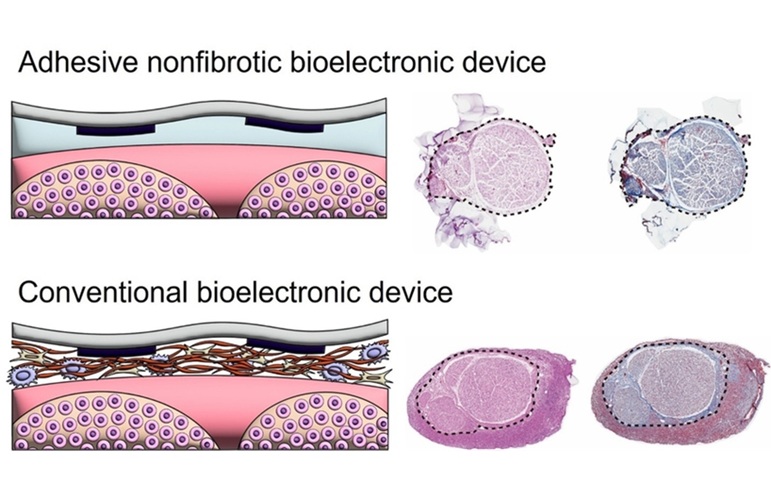
Bioadhesive Strategy Prevents Fibrosis Around Device Implants on Peripheral Nerves
Peripheral nerves connect the brain and spinal cord to muscles, organs, and sensory systems, making them key targets for treating neurological and systemic diseases. However, implantable bioelectronic... Read more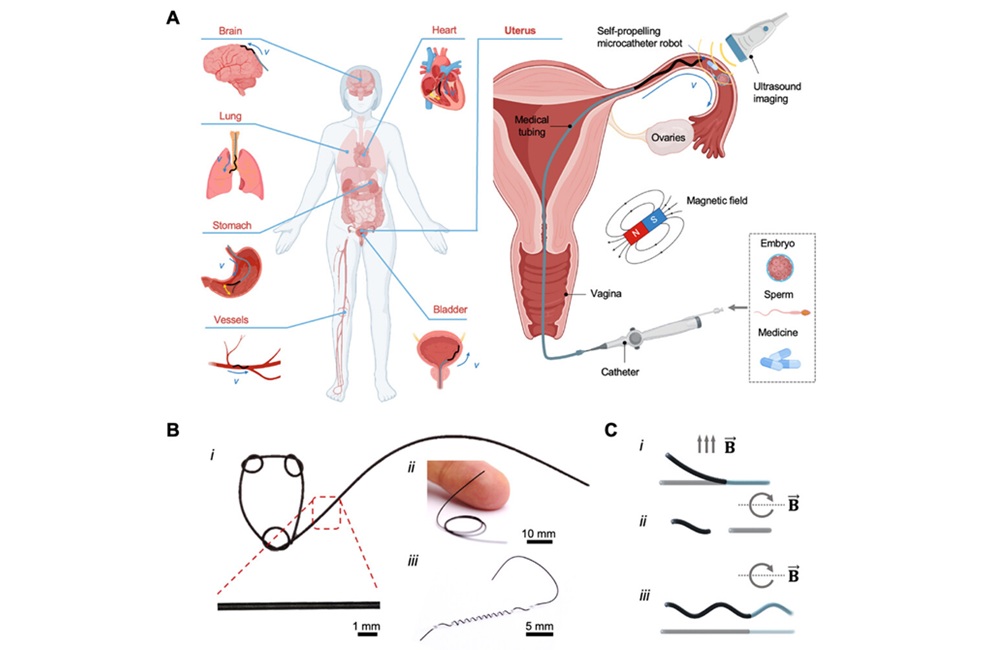
Miniature Non-Invasive Robotic Catheters to Improve Infertility Treatments
Minimally invasive procedures in reproductive and gynaecological medicine are often limited by the difficulty of navigating narrow, delicate anatomical pathways without damaging surrounding tissue.... Read morePatient Care
view channel
Revolutionary Automatic IV-Line Flushing Device to Enhance Infusion Care
More than 80% of in-hospital patients receive intravenous (IV) therapy. Every dose of IV medicine delivered in a small volume (<250 mL) infusion bag should be followed by subsequent flushing to ensure... Read more
VR Training Tool Combats Contamination of Portable Medical Equipment
Healthcare-associated infections (HAIs) impact one in every 31 patients, cause nearly 100,000 deaths each year, and cost USD 28.4 billion in direct medical expenses. Notably, up to 75% of these infections... Read more
Portable Biosensor Platform to Reduce Hospital-Acquired Infections
Approximately 4 million patients in the European Union acquire healthcare-associated infections (HAIs) or nosocomial infections each year, with around 37,000 deaths directly resulting from these infections,... Read moreFirst-Of-Its-Kind Portable Germicidal Light Technology Disinfects High-Touch Clinical Surfaces in Seconds
Reducing healthcare-acquired infections (HAIs) remains a pressing issue within global healthcare systems. In the United States alone, 1.7 million patients contract HAIs annually, leading to approximately... Read moreHealth IT
view channel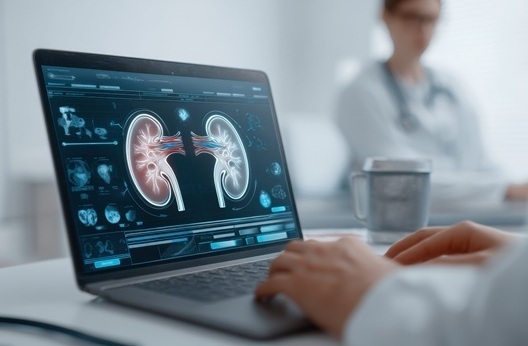
EMR-Based Tool Predicts Graft Failure After Kidney Transplant
Kidney transplantation offers patients with end-stage kidney disease longer survival and better quality of life than dialysis, yet graft failure remains a major challenge. Although a successful transplant... Read more
Printable Molecule-Selective Nanoparticles Enable Mass Production of Wearable Biosensors
The future of medicine is likely to focus on the personalization of healthcare—understanding exactly what an individual requires and delivering the appropriate combination of nutrients, metabolites, and... Read moreBusiness
view channel
Philips and Masimo Partner to Advance Patient Monitoring Measurement Technologies
Royal Philips (Amsterdam, Netherlands) and Masimo (Irvine, California, USA) have renewed their multi-year strategic collaboration, combining Philips’ expertise in patient monitoring with Masimo’s noninvasive... Read more
B. Braun Acquires Digital Microsurgery Company True Digital Surgery
The high-end microsurgery market in neurosurgery, spine, and ENT is undergoing a significant transformation. Traditional analog microscopes are giving way to digital exoscopes, which provide improved visualization,... Read more
CMEF 2025 to Promote Holistic and High-Quality Development of Medical and Health Industry
The 92nd China International Medical Equipment Fair (CMEF 2025) Autumn Exhibition is scheduled to be held from September 26 to 29 at the China Import and Export Fair Complex (Canton Fair Complex) in Guangzhou.... Read more













